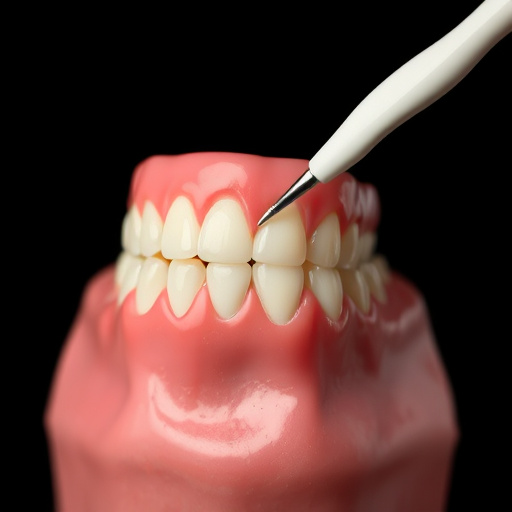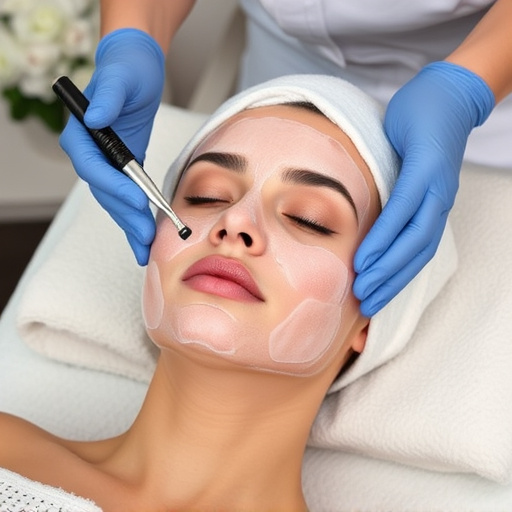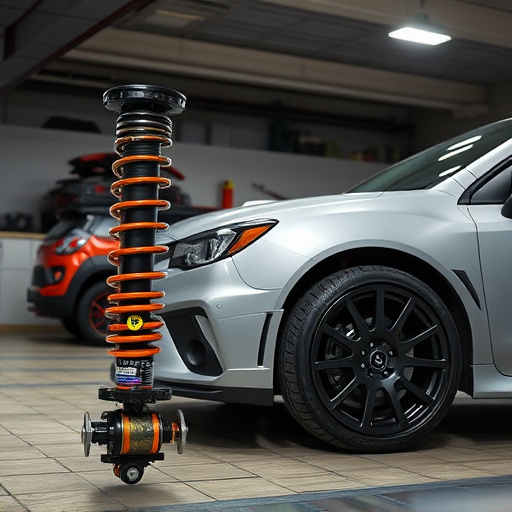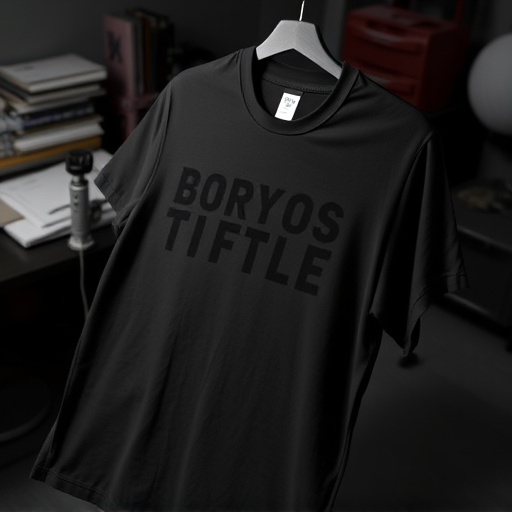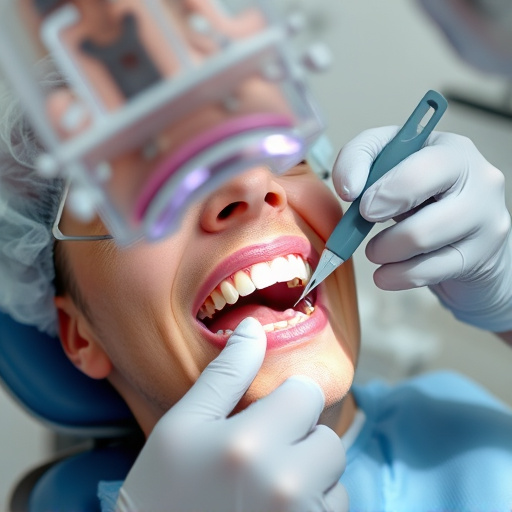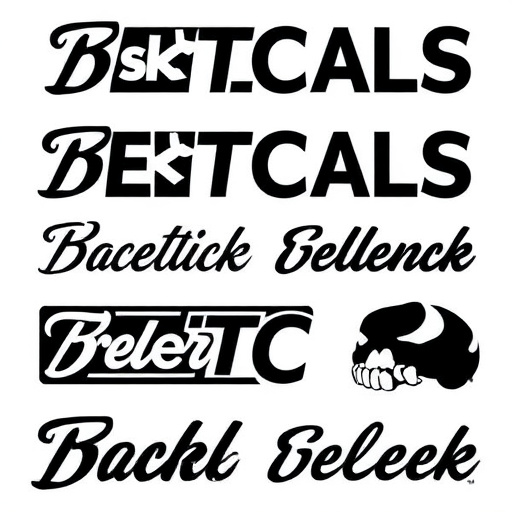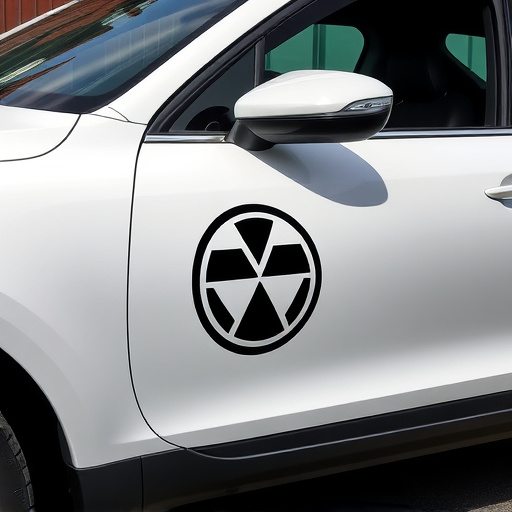Damaged vehicle paint, caused by weather, debris or scratches, can be revitalized through clear coat restoration. This meticulous process involves sanding, filling imperfections, and polishing to repair damage while enhancing protection, heat rejection, UV resistance, and scratch prevention. While effective for light to moderate issues, severe damage requires more extensive repairs. Optimal results demand proper preparation and consultation with professionals offering complementary services like ceramic window tinting and protective coatings.
Can all damaged paint be fixed with restoration? Discover the power of clear coat restoration techniques in reviving scuffed, chipped, or faded automotive finishes. This comprehensive guide explores understanding damaged paint and the step-by-step process of clear coat restoration. We also weigh the benefits and limitations to help you decide if clear coat restoration is the right solution for your needs.
- Understanding Damaged Paint and Clear Coat Restoration Techniques
- The Process of Clear Coat Restoration: Step-by-Step Guide
- Benefits and Limitations: Is Clear Coat Restoration Always the Solution?
Understanding Damaged Paint and Clear Coat Restoration Techniques

Damaged paint on a vehicle is often more than just an aesthetic issue; it can be a result of various factors such as exposure to harsh weather conditions, road debris, or accidental scratches. Understanding the extent of the damage is crucial before attempting any restoration process. In many cases, clear coat restoration techniques prove highly effective for repairing and revitalizing damaged paintwork.
Clear coat restoration focuses on the top layers of paint, primarily the clear coat that protects the base color. This meticulous process involves several steps: sanding to remove imperfections, applying specialized compounds to fill in scratches or defects, and then polishing to achieve a seamless finish. By employing these techniques, not only can damaged areas be repaired, but also the overall appearance and protection of the vehicle’s paintwork can be significantly enhanced, offering improved heat rejection and UV protection, as well as ensuring scratch protection for the long term.
The Process of Clear Coat Restoration: Step-by-Step Guide

The process of clear coat restoration involves a meticulous approach to revive damaged paintwork. It begins with an extensive inspection to assess the extent of damage, including scratches, chips, and fading. Once identified, the affected area is prepared by removing any loose debris or contaminants using specialized tools and solvents.
Next, a high-quality clear coat restoration compound is selected based on the type of paint and damage. This compound is carefully applied, layer by layer, allowing each to dry completely. The final step involves polishing the restored area with fine abrasives to achieve a smooth, seamless finish. This process not only enhances the appearance but also protects the underlying paint, ensuring longevity. For car customization enthusiasts, clear coat restoration is often paired with professional PPF installation for added paint protection film benefits.
Benefits and Limitations: Is Clear Coat Restoration Always the Solution?

While clear coat restoration is a popular solution for damaged paint, it’s not always the best option. This technique involves repairing and rejuvenating the top layer of paint to restore its original appearance. Benefits include minimal intrusion, as only the damaged area is treated, preserving the underlying paint job. It also offers a cost-effective way to revive cars, especially those with light to moderate scratches or swirls.
However, clear coat restoration has limitations. For severe damage like deep chips, cracks, or rust spots, this method may not be adequate. In such cases, more extensive repairs including panel replacement might be necessary. Moreover, depending on the age and condition of the paint job, the results can vary. Proper preparation is crucial for achieving a seamless finish, and subpar work could lead to future issues. Thus, while clear coat restoration can be an excellent choice for minor blemishes, it’s important to assess the extent of damage and consult professionals offering premium automotive services, including ceramic window tinting and protective coatings, for optimal outcomes.
While clear coat restoration offers a promising solution for damaged paint, it’s not always the perfect fix. Understanding both the benefits and limitations of this technique is crucial before attempting any restoration. For minor scuffs and scratches, clear coat restoration can revitalize your surface, preserving its original appearance. However, for severe damage or decay, alternative solutions might be necessary. Regular maintenance and prompt attention to prevent further deterioration are key to keeping your paint job looking its best over time.
